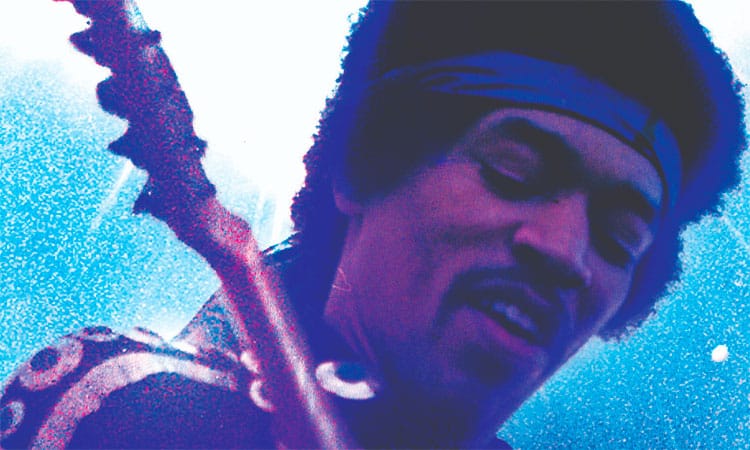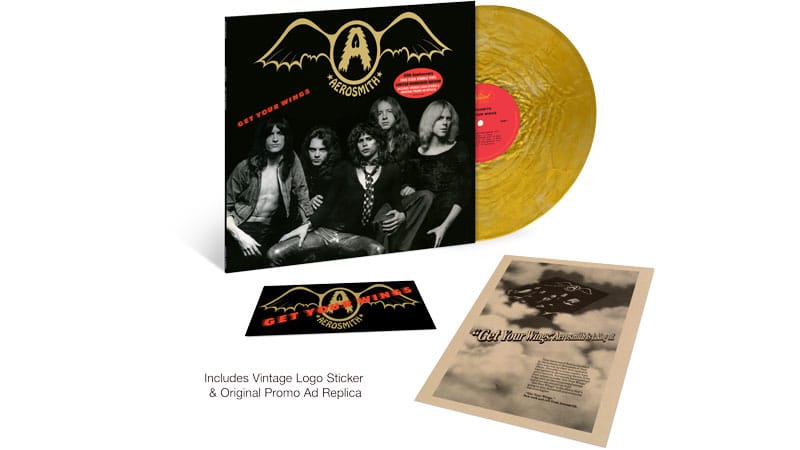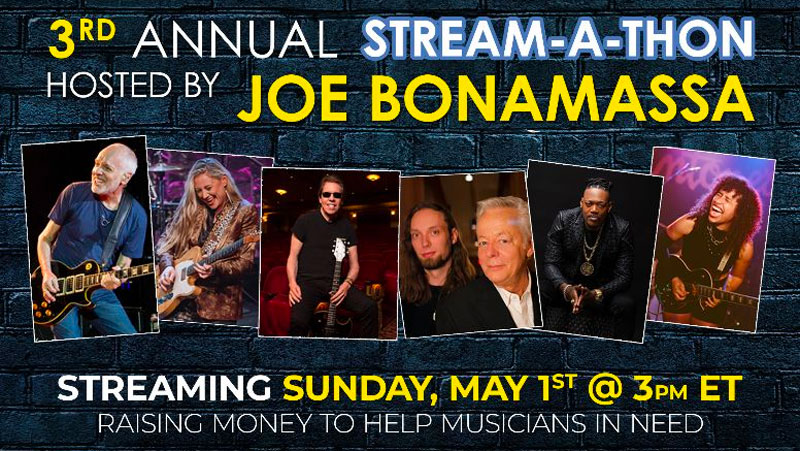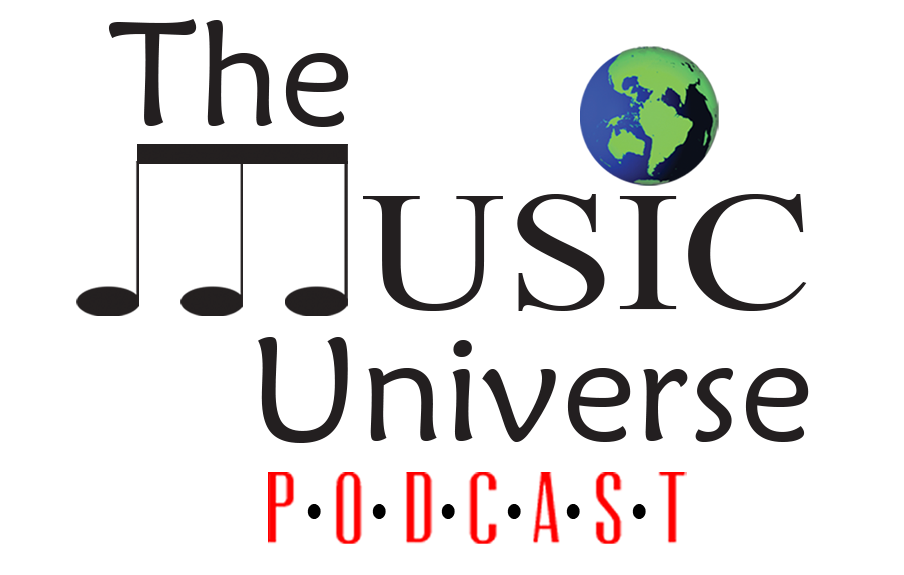The showing of Music, Money, Madness… Jimi Hendrix in Maui will benefit Hawaii relief efforts
The Grammy-nominated documentary Music, Money, Madness… Jimi Hendrix In Maui will be screened theatrically at the world-famous TCL Chinese Theatre, located at 6925 Hollywood Blvd in Los Angeles, on September 20th at 7 pm Pacific. Immediately following the screening will be a Q&A session with the film’s co-producers Janie Hendrix and John McDermott. Nominated last year in the Best Music Film category, the film chronicles the Jimi Hendrix Experience’s storied visit to Maui in 1970, and how they became ensnared in the controversial, countercultural film Rainbow Bridge.
In the wake of the recent devastating fires on Maui, both Experience Hendrix, LLC and TCL Chinese Theatre will donate all ticket proceeds to the Maui Food Bank, Hawaii Community Foundation—Maui Strong Fund, and Maui Humane Society. They will also launch a global appeal to Hendrix’s followers around the world who cannot attend this special screening to consider donations to help those impacted by the devastating fires.
“Jimi loved Hawaii!” states Jimi Hendrix’s sister and Experience Hendrix CEO Janie Hendrix. “His time there proved to be historic and really rather epic. He was also a humanitarian in his own right, and very concerned about the human condition. We at Experience Hendrix share that concern. This screening of the film of Jimi’s live concert in Maui is a profound opportunity for him to continue what he started there all those years ago, and at the same time help the people of Maui who have suffered such a tremendous loss. We’re honored to be able to dedicate the proceeds of the TCL Chinese Theatre screening to relief efforts, and we hope fans who love Jimi will show their love and support by giving.”
Directed by John McDermott and produced by Janie Hendrix, George Scott and McDermott, Music, Money, Madness… Jimi Hendrix In Maui incorporates never-before-released original footage and new interviews with firsthand participants and key players such as bassist Billy Cox, recording engineer Eddie Kramer, Warner Bros. executives and several Rainbow Bridge cast members, as well as its director Chuck Wein. Their fascinating account tells the definitive story of one of the most controversial independent films ever made.
By the middle of 1970, Jimi Hendrix was working on a follow-up album to Electric Ladyland with his bandmates Mitch Mitchell on drums and Billy Cox on bass, headlining festivals and arenas across the U.S., and building Electric Lady Studios in Manhattan’s Greenwich Village. Completing this state-of-the-art recording facility was proving to be a costly endeavor, so his manager Michael Jeffery procured a $500,000 advance from Warner Bros. to fund the remaining construction required to complete the studio. At those same meetings, Jeffery convinced Warner Bros. executives to finance a film called Rainbow Bridge that was to be shot in Maui, in exchange for rights to its soundtrack album consisting of new Jimi Hendrix studio recordings.
Inspired by Easy Rider and directed by Warhol acolyte Chuck Wein, Jeffery’s film centered around the idea of a “rainbow bridge” between the unenlightened and enlightened worlds. It was envisioned to feature everything from surfing and yoga to meditation and Tai Chi and was filmed without the aid of a script or professional actors. It proved to be a rambling assemblage of hippie excess and Jeffery grew concerned that his investment was being squandered. The Experience was already booked to perform a concert in Honolulu at the H.I.C. Arena on August 1, 1970. Chuck Wein, desperate to feature Hendrix in some capacity within the film, devised a plan to film a free ‘color/sound vibratory experiment’ on the lower slope of the dormant Haleakala volcano. Word of mouth about a free Jimi Hendrix concert led a few hundred curious Maui locals to the Baldwin cattle ranch in Olinda where a makeshift stage was constructed and the audience was arranged by their astrological signs. The performance was a success – the trio was at the height of its powers and played two sets flawlessly against a stunning natural backdrop.
In the aftermath of his performance on Maui, Hendrix would return to New York and his work at Electric Lady Studios. He had no further involvement in Rainbow Bridge. He left for Europe at the end of August to headline the massive Isle Of Wight festival and begin a European tour. Tragically, he would die in London on September 18, 1970.
The Cry Of Love, the first album of posthumous Jimi Hendrix recordings, was issued in 1971 to wide commercial and critical acclaim. Jeffery readied Rainbow Bridge and its accompanying soundtrack to be the next release. Despite its Hendrix association, the film was a commercial flop. Rainbow Bridge confused moviegoers, many of whom were under the impression they were going to see a concert film. A scant 17 minutes of haphazardly edited Hendrix concert footage was used in the final cut, and it proved to be the film’s saving grace. Due to technical problems inherent in the original recording of the Maui performances, Mitch Mitchell had to overdub his drum tracks at Electric Lady Studios in 1971 just so those performances could be featured. Music, Money, Madness… Jimi Hendrix In Maui incorporates much of the unused footage in its telling of this strange moment in pop culture.
The Blu-ray for the film is also contained in a package that pairs it with The Jimi Hendrix Experience Live in Maui 2 CD/3 LP – the complete audio recordings of both July 30, 1970 live performances. Released in November 2020 by Experience Hendrix and Legacy Recordings, every second of existing concert footage from that day is included on the Blu-ray.





